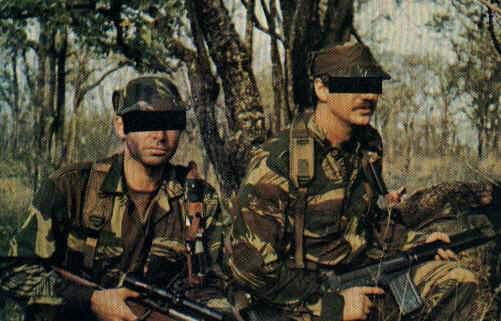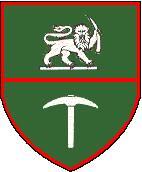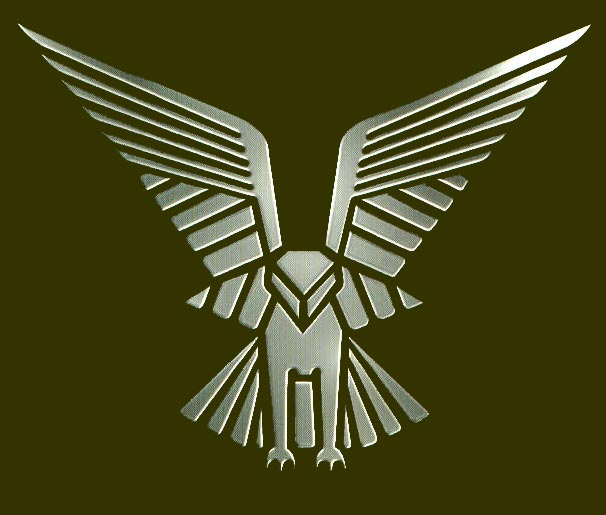SPEC.
OPS. - INTELLIGENCE GATHERING
As police difficulties in obtaining information from
the rural population increased in the early 1970s, the Rhodesians
began to investigate alternative intelligence-gathering techniques and
sources. By 1973, their attention had fastened on so-called
“pseudo” (or “counter-gang”) operations. This technique,
whereby security force personnel (Selous Scouts) posing as insurgents
circulate among the population gathering information on guerrilla
movement and activities as well as on local sympathies, had been
pioneered by the British during the Mau Mau uprising in Kenya nearly
two decades before. The Rhodesians experimented with
“pseudo” units as early as 1966, but this inchoate effort was both
unsophisticated and unnecessary, given that the vast majority of rural
blacks at the time were either politically indifferent or opposed to
the insurgents.
In the rapidly deteriorating security conditions of
the 1970s, however, the idea was resurrected. With the encouragement
of the Prime Minister and senior CIO and Special Branch officials, a
new unit known as the Selous
Scouts was established in November 1973. For administrative purposes,
the Scouts were placed within the Rhodesian Army’s command
structure, though the Special Branch commander coordinated and
directed the unit’s intelligence-gathering function. Some of the
original pseudo operatives joined the new force, and additional
personnel were recruited from the Army and Special Branch. Captured or
surrendered insurgents were also enlisted. Their inclusion provided
for the constant flow of up-to-date information on insurgent
operations and behavior necessary for the Scouts’ successful
charade.

The
Rhodesians spent a great deal of time and effort on “turning”
insurgents—that is, persuading them to switch allegiance and serve
with the government forces. Their approach was patterned on the
methods that had been used so successfully in Kenya. Prospective
candidates were thoroughly screened and then given the choice of
joining the Scouts or facing prosecution under Rhodesian law for
terrorist crimes (conviction for which carried the death penalty or
long prison terms). Those who chose to join the Scouts were formally
absolved of any crimes they may have committed while serving in the
insurgent ranks, were paid an attractive salary, and had their
families relocated to special, protected, and comparatively luxurious
Selous Scouts’ encampments. Previously “turned” insurgents—who
provided living proof of the benefits of service with the
Scouts—were often used to persuade their recently captured or
surrendered former comrades to join the unit. Selous Scouts recruiters
also looked for prospective candidates among wounded insurgents. These
casualties would be earmarked for special treatment. They would be
quickly evacuated from the battlefield, given excellent medical care
and recuperative attention, and thus encouraged to come over to the
Rhodesian side.
The
first Selous Scouts unit was ready for operational duty in January
1974 and was deployed in the Operation Hurricane area. The units
generally operated in eight-man sections (a number selected because it
was the size of the typical insurgent unit), dressed in insurgent
uniforms or clothing, and carried the same weapons the insurgents did.
The Scouts’ missions, it should be emphasized, was not to engage the
insurgents in combat but to determine their size and location and then
report this information either to “Fireforce” teams or ground combat units, which would take over. To avoid confusion
and prevent other government forces from mistaking the Scouts for
actual insurgents, any area that they were operating in was
“frozen”—that is, no other security forces were allowed in its
vicinity. The Selous Scouts proved extremely effective in providing
the security forces with useful and timely intelligence. According to
one internal assessment undertaken by the Directorate of Military
Operations, the Selous Scouts were responsible for a staggering 68
percent of all the insurgent kills and captures in their areas of
operation.”




